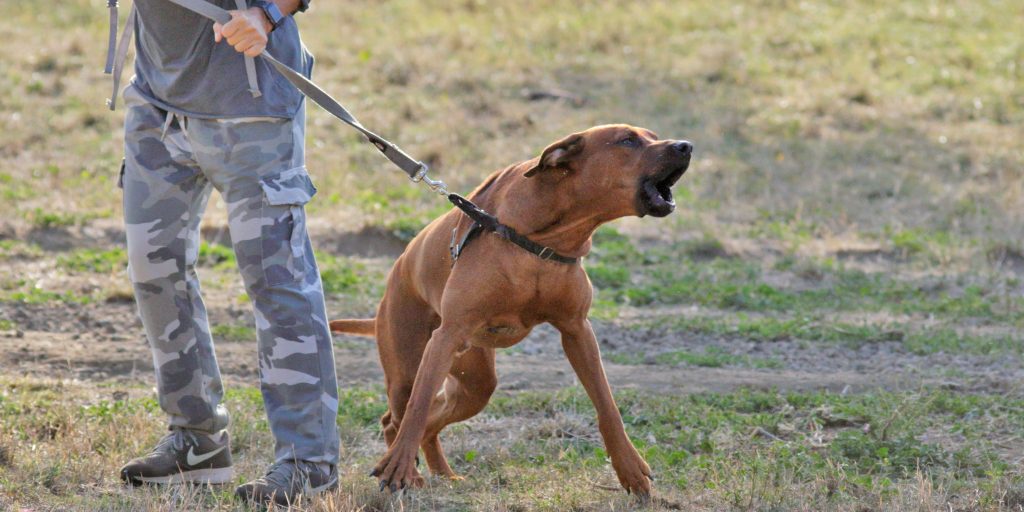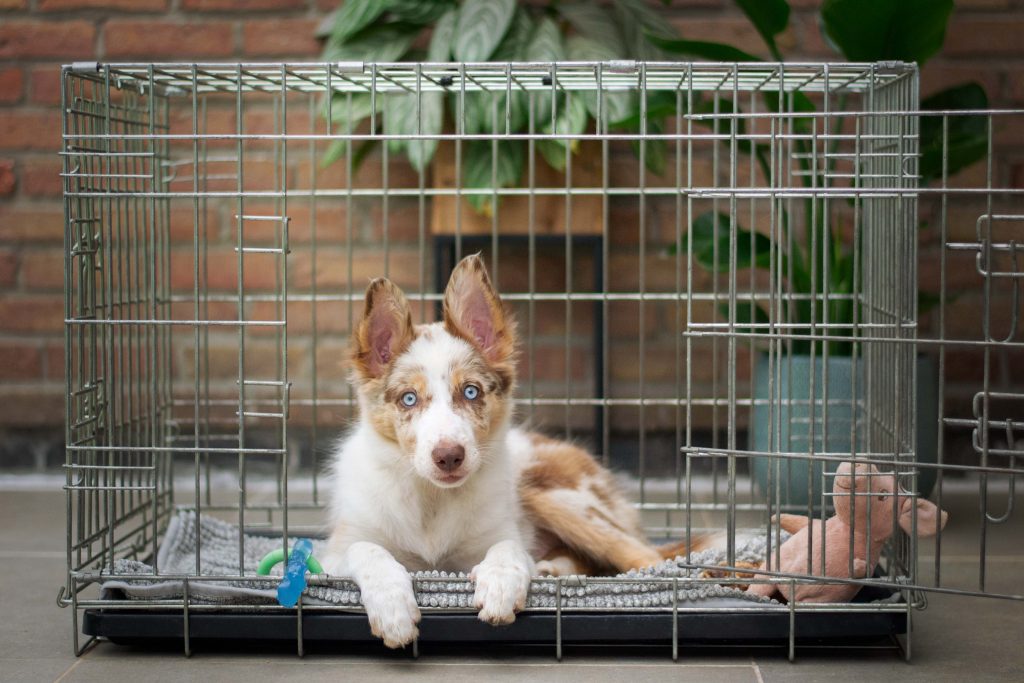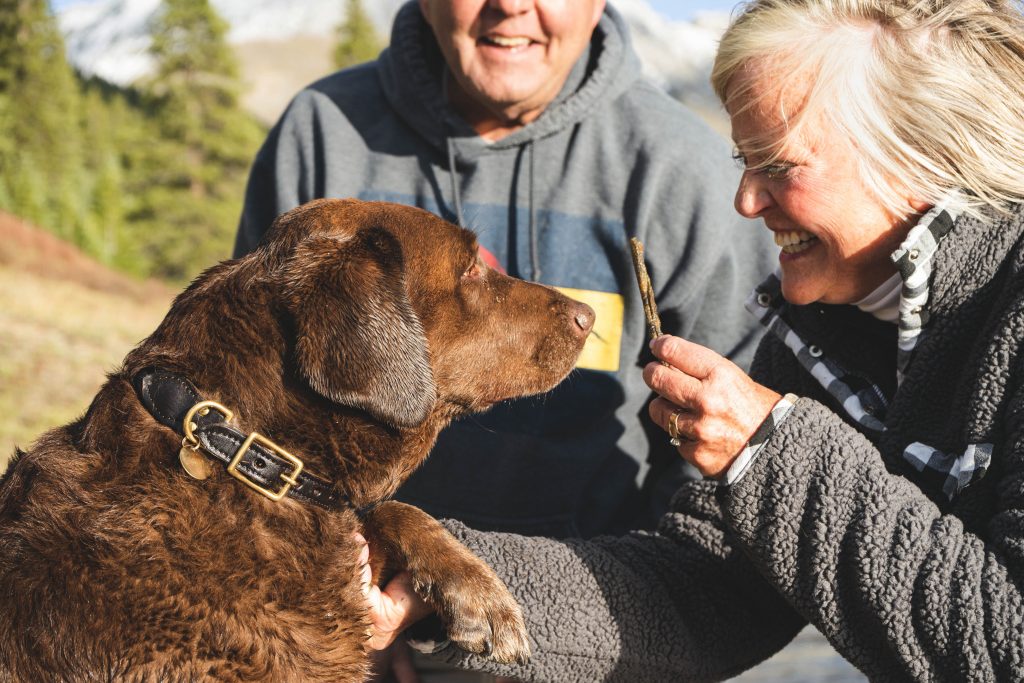The post aims to educate dog owners on how to respond when their pet dog growls at them. The post will provide clear and actionable steps for owners to take when their dog exhibits this behavior, emphasizing the importance of safety for both the owner and the dog.

As a dog owner, you love and care for your furry friend, but sometimes they may exhibit behavior that concerns you. One such behavior is growling. It’s important to remember that growling is a natural dog behavior and can have different meanings depending on the situation. However, it’s crucial to respond appropriately to your dog’s growling to ensure both your safety and theirs.
Here are some steps to take when your dog growls at you:
1. Stay Calm and Assess the Situation
Your dog may growl for many reasons, including fear, aggression, or feeling threatened. Before responding, take a deep breath and assess the situation. Look for any triggers or signs of discomfort that may have caused the growling.
2. Avoid Punishing Your Dog
Punishing your dog for growling can be counterproductive and may even worsen the behavior. Growling is your dog’s way of communicating that they are uncomfortable or scared, so punishing them for expressing their emotions can cause them to become fearful or aggressive.
3. Back Away Slowly
If your dog is growling because they feel threatened or uncomfortable, the best course of action is to back away slowly. Give them space and time to calm down, and avoid direct eye contact, as this can be seen as a threat.
4. Seek Professional Help
If your dog’s growling behavior is persistent or escalates to biting, seek professional help from a veterinarian or a certified dog trainer. They can assess your dog’s behavior and provide personalized advice and training to address the underlying issues.
Remember, dog behavior can be complex, and there are many factors that can contribute to growling. It’s essential to respond appropriately to your dog’s behavior and seek professional help if necessary.
Conclusion:
Growling is a natural dog behavior and can be caused by various factors such as fear, aggression, or discomfort. When your dog growls at you, it’s essential to stay calm, avoid punishing them, and back away slowly to give them space and time to calm down. Seeking professional help from a veterinarian or certified dog trainer is recommended if your dog’s growling behavior persists or escalates.

Frequently Asked Questions:
Why is my dog growling at me?
Dogs may growl for a variety of reasons, including fear, aggression, or feeling threatened. It’s important to assess the situation and look for any triggers or signs of discomfort that may have caused the growling.
Should I punish my dog for growling at me?
No, punishing your dog for growling can be counterproductive and may worsen the behavior. Growling is your dog’s way of communicating that they are uncomfortable or scared, so punishing them for expressing their emotions can cause them to become fearful or aggressive.
How can I calm my dog down when they are growling?
The best course of action is to back away slowly and give them space and time to calm down. Avoid direct eye contact, as this can be seen as a threat. You can also try using calming techniques such as slow, deep breaths, and soft, soothing tones of voice.
What should I do if my dog’s growling behavior persists or escalates to biting?
If your dog’s growling behavior persists or escalates to biting, seek professional help from a veterinarian or certified dog trainer. They can assess your dog’s behavior and provide personalized advice and training to address the underlying issues.
How can professional dog training services help me address my dog’s growling behavior?
Professional dog training services can provide personalized support and training to address your dog’s growling behavior. A certified dog trainer can help you understand the underlying causes of your dog’s behavior and teach you how to respond appropriately to reduce growling and promote positive behaviors.



